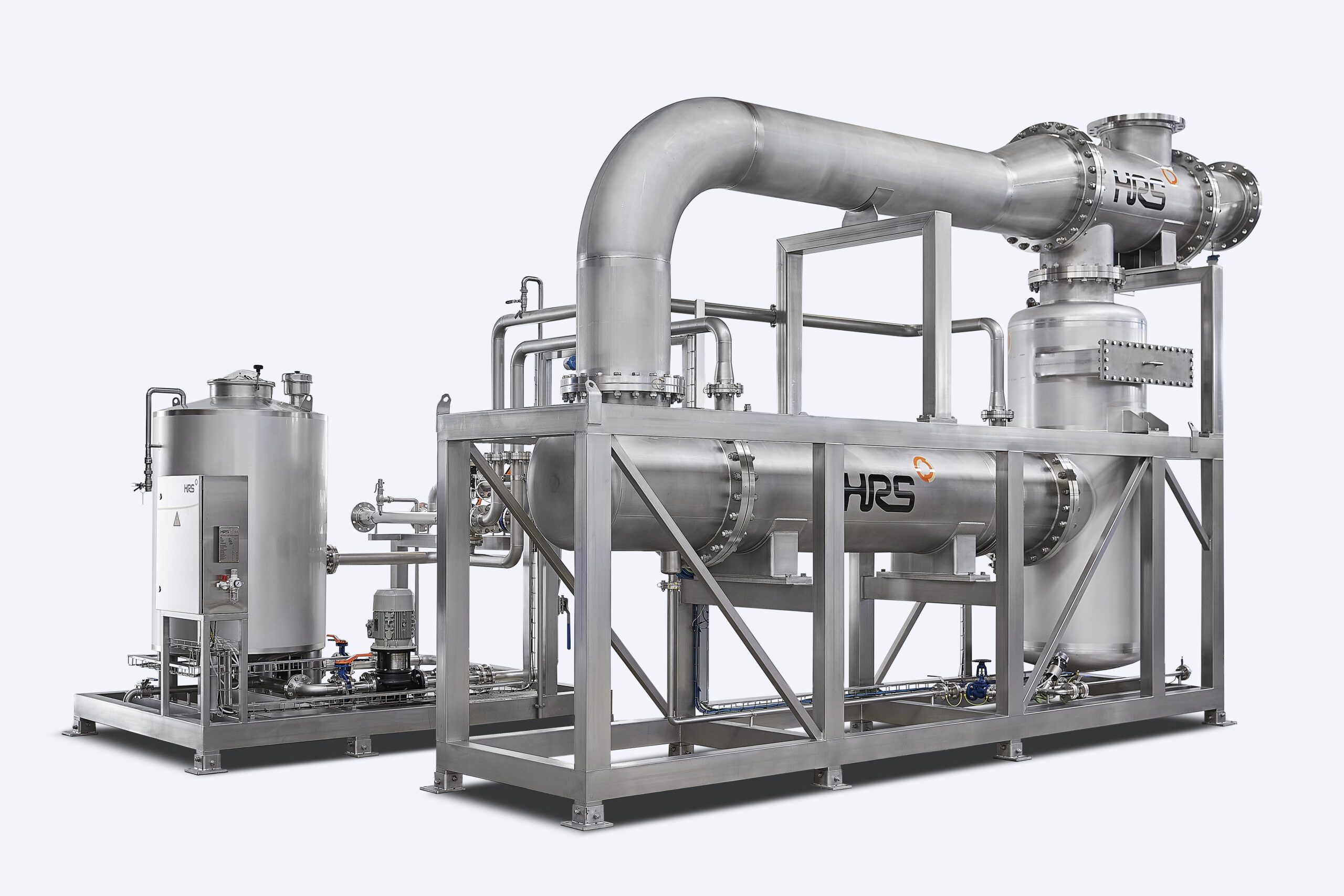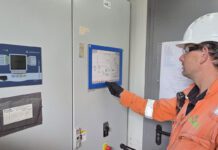
If water, such as the moisture inherently present in biogas, enters a boiler or CHP engine it can decrease its efficiency, resulting in reduced biogas yields and engine damage.
The HRS Biogas Dehumidification System (BDS) removes water from biogas to protecting boilers and CHP engines from corrosion and cavitation. It also comes with a heat recovery section as standard, increasing an AD plant’s overall energy efficiency.
Other methods to remove water from biogas include condensate traps and ‘air conditioning’ chillers, but these are not designed to produce low enough temperatures and so are either operated outside of their design parameters, or they don’t remove enough water.
The BDS reduces biogas temperatures from around 40°C to approximately 5-7°C, condensing more than 90 per cent of the water volume. It works via a chiller system which supplies a coolant that is transferred to heat exchangers. Biogas flows on the product side of the exchanger, while the coolant flows on the service side.
As the biogas cools, the water condenses from the gas, leaving a clean and dry biogas ideal for use in boilers and CHP engines.
Heat recovery means that the resulting cold biogas is used to pre-cool any incoming biogas, reducing the load on the final cooling heat exchanger and recovering as much as 20 per cent of the energy needed for the process. This means that capital costs are quickly recouped via reduced operating costs.
www.hrs-heatexchangers.com






